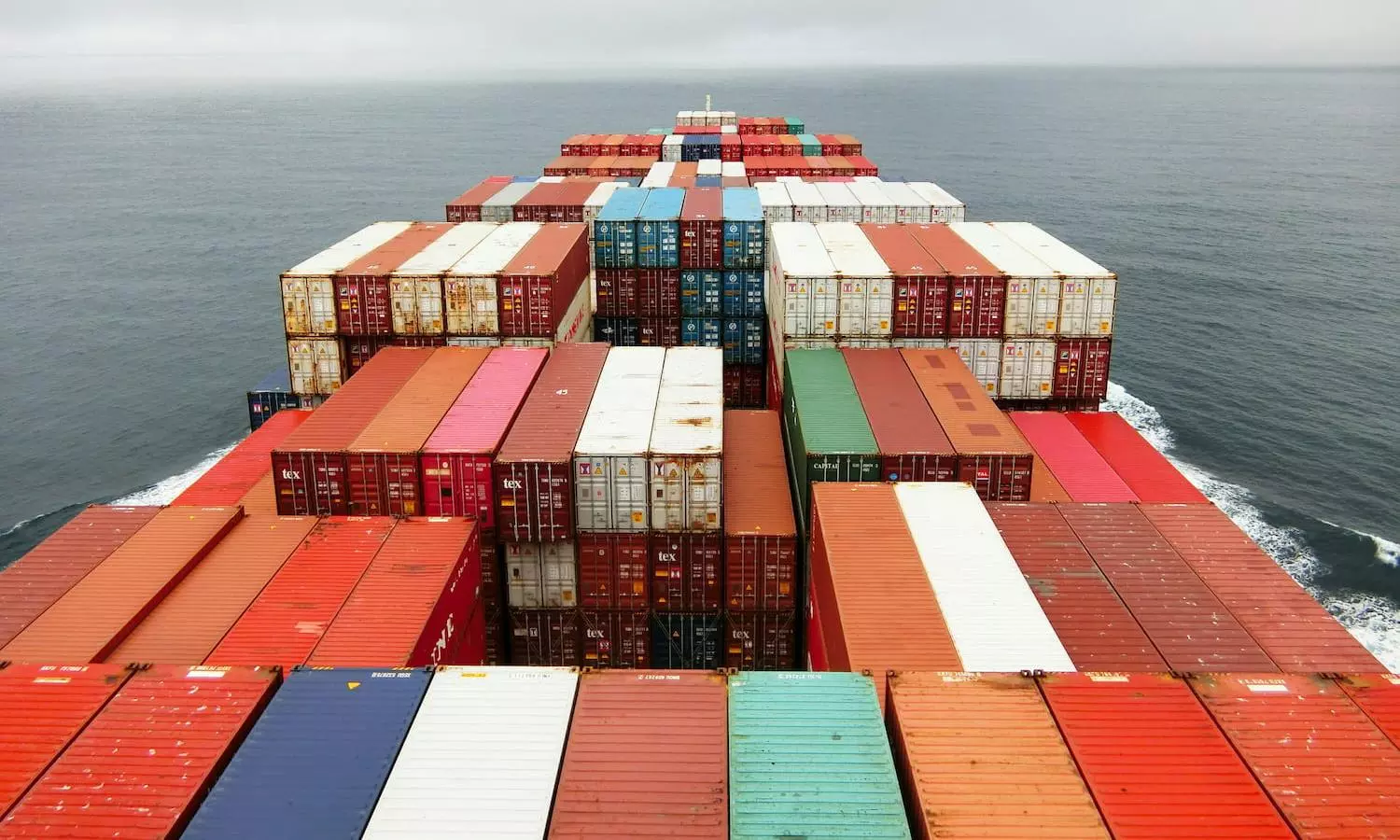U.S. proposes measures to control China influence in shipping
United States Trade Representative has suggested $1mn/entrance of any vessel of a Chinese operator to any U.S. port.

Photo by Rinson Chory on Unsplash
In a follow up to the tariffs proposed by U.S. President Donald Trump against China, the United States Trade Representative has suggested a fee of $1 million per entrance of any vessel of a Chinese operator to any U.S. port "or per entrance of any vessel of that operator to a U.S. port, at a rate of up to $1,000 per net tonne of the vessel’s capacity."
In a discussion paper issued by Juan Milan, Acting U.S. Trade Representative , a $1.5 million service fee has been proposed on maritime transport operators with fleets of Chinese-built vessels.
Alternates suggested include:
*based on the percentage of Chinese-built vessels in that operator’s fleet: for operators with 50 percent or greater of their fleet comprised of Chinese-built vessels, the operator will be charged up to $1 million per vessel entrance to a U.S. port;
*For operators with greater than 25 percent and less than 50 percent of their fleet comprised of Chinese-built vessels, the operator will be charged a fee up to $750,000 per vessel entrance to a U.S. port;
*For operators with greater than 0 percent and less than 25 percent of their fleet composed of Chinese-built vessels, the operator will be charged a fee up to $500,000 per vessel entrance to a U.S. port.
"An additional fee of up to $1,000,000 will be charged to a vessel operator per vessel entrance to a U.S. port if the number of Chinese-built vessels in the operator’s fleet is equal to or greater than 25 percent."
The note says U.S. goods are to be exported on U.S.-flagged, U.S.-built vessels, but may be approved for export on a non-U.S.-built vessel provided the operator providing international maritime transport services demonstrates that at least 20 percent of U.S. products, per calendar year, that the operator will transport by vessel, will be transported on U.S.flagged, U.S.-built ships.
The move is in response to five union petitioners who filed a Section 301 petition regarding the acts, policies, and practices of China to dominate the maritime, logistics, and shipbuilding sector. "China’s targeting of these sectors for dominance has undercut competition and taken market share with dramatic effect: raising China’s shipbuilding market share from less than five percent of global tonnage in 1999 to over 50 percent in 2023; increasing China’s ownership of the commercial world fleet to over 19 percent as of January 2024; and controlling production of 95 percent of shipping containers and 86 percent of the world’s supply of intermodal chassis, among other components and products."
The Section 301 Committee will hold a public hearing on March 24, 2025.
Maritime expert Lars Jensen writes on LinkedIn: "If the intention is to drastically increase costs for U.S. importers and make U.S. exports uncompetitive, this proposal is likely to do the job."
Derek Lossing, Founder, Cirrus Global Advisors, says the proposals could alter the global shipping business - with interruptions to service strings with multiple port calls, major impacts to COSCO, creating new operating companies to bifurcate Chinese and non-Chinese origin ship fleets, and an attempt to increase US-built and US-flagged vessels in the global fleet.
"While at face value, a $1 million fee divided by 7,000 FEUs ~ $142/FEU, the math isn't that simple. Most rotations of vessels see 2,3, or maybe 4 U.S. port calls- leaving each container with a $400 surcharge for COSCO. This would significantly shrink service into secondary ports, and likely reduce service on large vessels calling on multiple U.S. ports per rotation- which means less frequency out of Asia."


